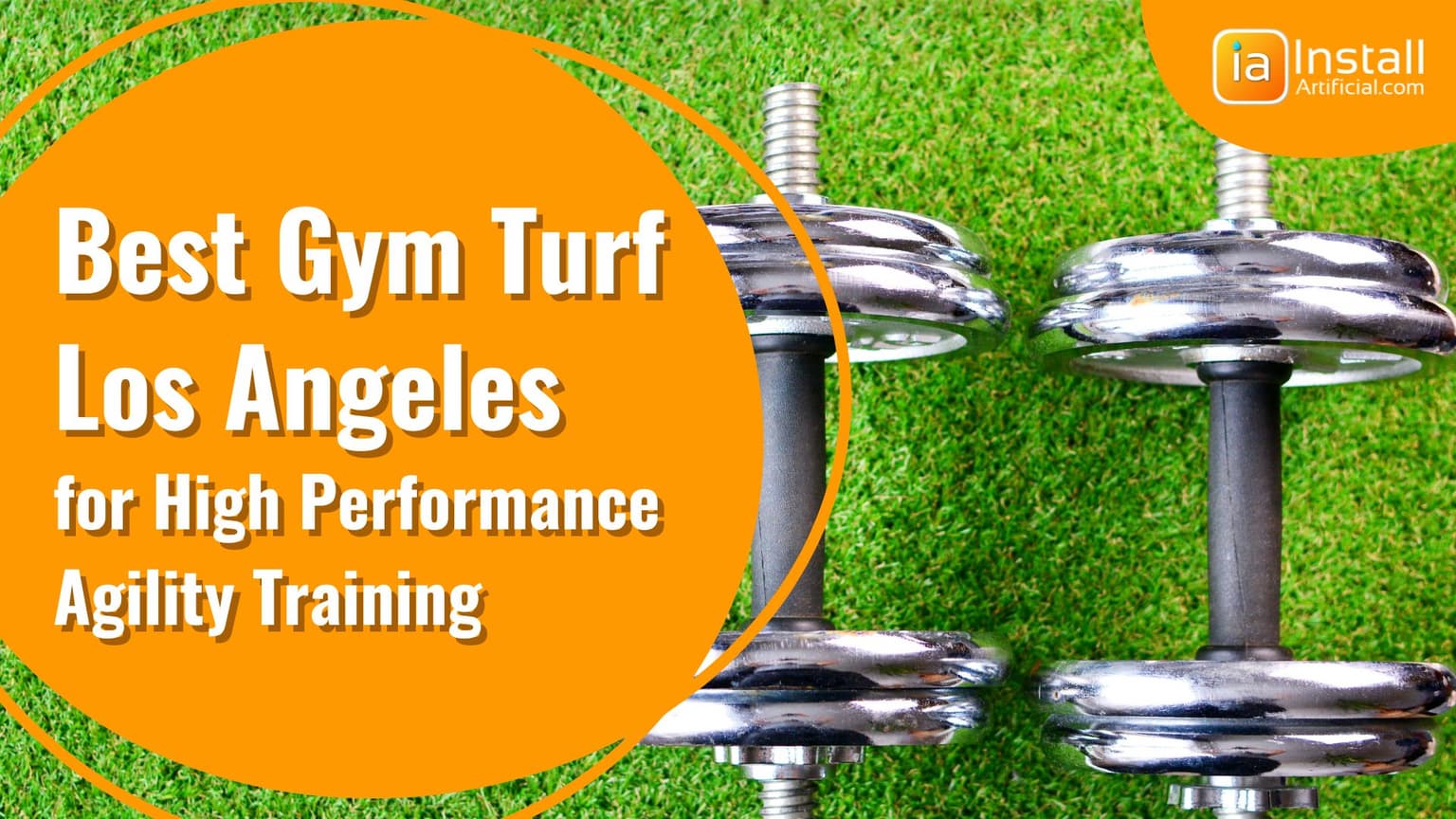
Tired of patchy, high-maintenance gym floors that drain your wallet and your patience? Imagine a training surface that's as tough as your workouts and as green as...
Understand the difference between gym turf and sports turf to purchase the right turf for your indoor fitness facility. Reference this DIY guide when installing gym turf to get it done right the first time. Ready to start browsing and comparing high-quality turf materials for gyms? Start shopping now!
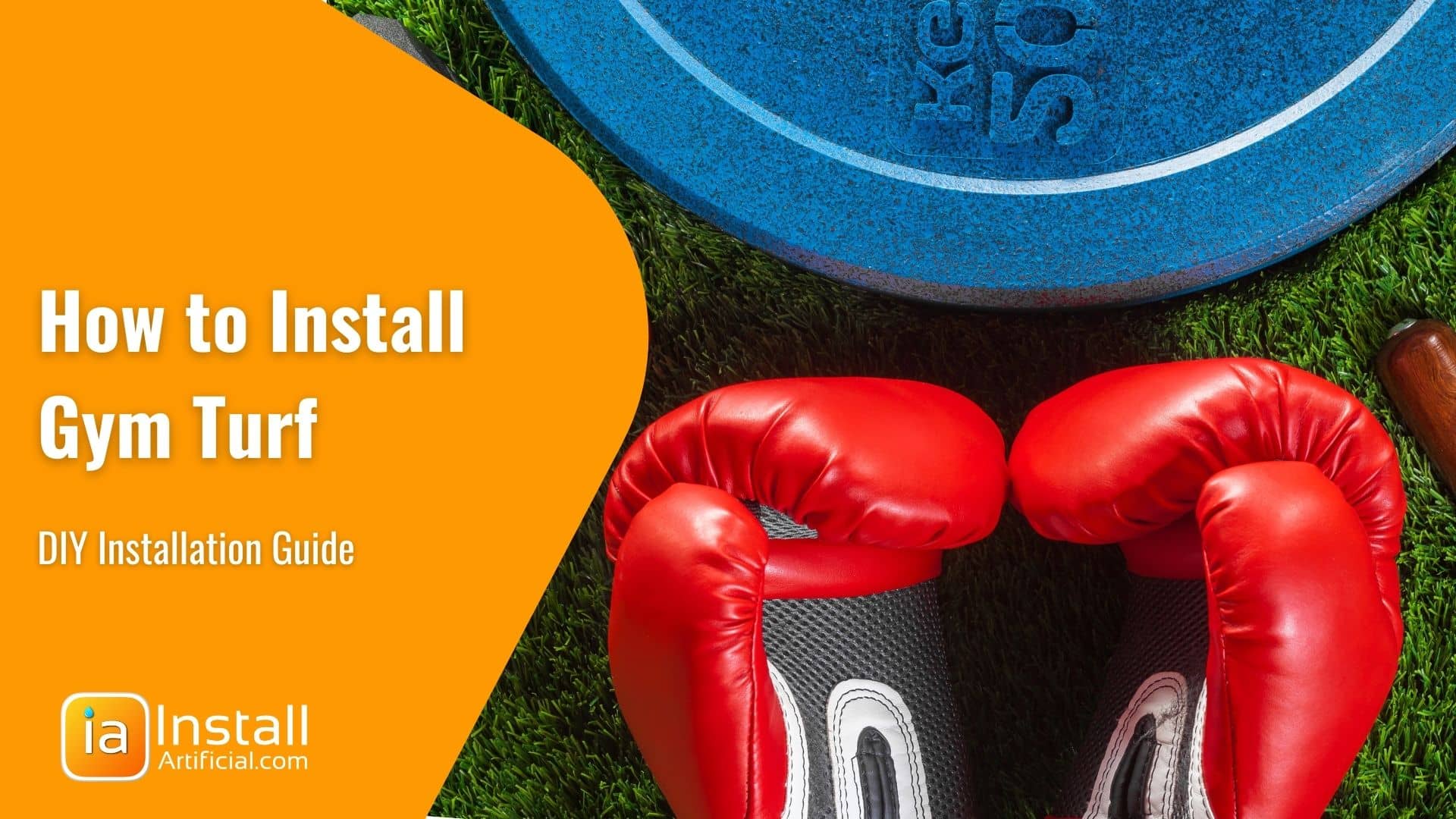
Gym turf is long-lasting and durable synthetic grass. It's perfect for indoor athletic facilities to pull sleds, and do CrossFit and HIIT workouts. Sound-absorbing qualities make gym turf ideal for weight lifting high-intensity workouts such as pulling sleds, while the softness of the artificial grass provides an inviting space for yoga. You'll also have a flat, cushioned surface for body-weight work and stretching.
By now, most people know the history of sports turf and how it compares to natural grass. Turf applications for sports and fitness have become extremely common in indoor gyms, batting cages, sports fields, bocce ball courts, and more! But what's the difference between gym turf and sports turf?
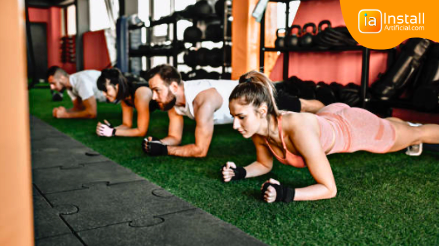
Most artificial grass for recreation can be multi-use, handle heavy traffic, and is compatible with both indoor and outdoor installation. However, there may be differences that will make options more ideal in certain scenarios.
For example, when buying sports turf for outdoor fields, you'll want to ensure that it is UV-resistant so it won't fade in sunlight. You'll also want to find turf designed to withstand cleats. Meanwhile, when shopping for gym turf, you may want something with a shorter pile height that allows sled pushes and other heavy equipment to move easily along the surface.
Check out our online synthetic turf store to browse and compare leading artificial turf for sports applications. Our experts can advise you on the best gym turf for your needs and assist with any other accessories you may need.
Before laying sports turf in your gym or workout space, make sure you prep the base surface before moving to the next step. The sub-flooring surface must be thoroughly cleaned to ensure no dirt, grease, oils, or contaminants that would prevent the adhesive from adhering to the subfloor are on it. Clear the gym space of any existing turf or flooring material, debris, or any other objects that may be in the way. Ensure that the surface is level, clean, and free of any moisture. Also, measure the space to determine the size of the turf that you will need.
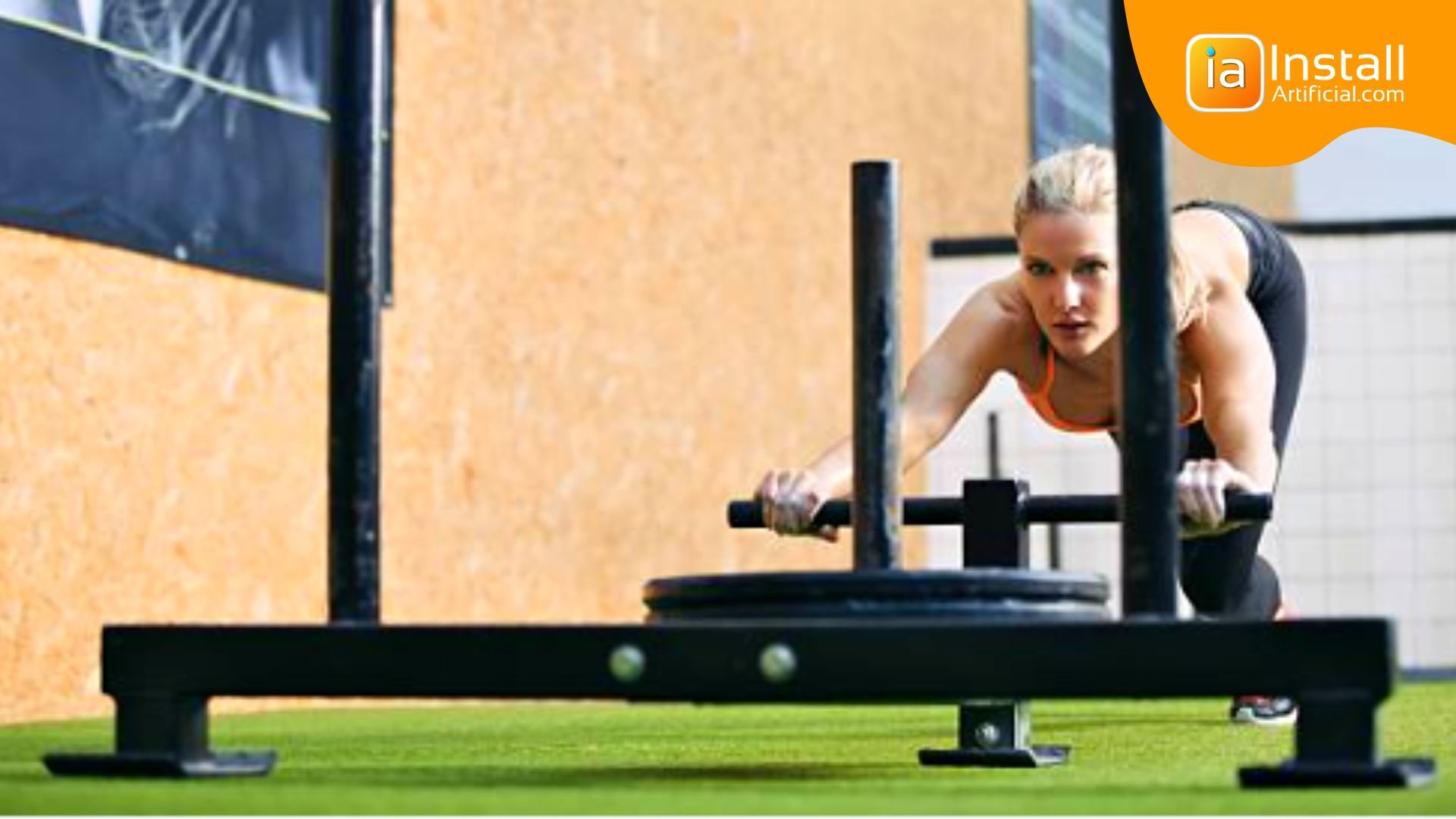
Order artificial turf that is appropriate for your gym's activities. The turf should be durable, have a good level of shock absorption, and be easy to clean. It should also be designed for indoor use. Select your pile height depending on the intended activities in the space.
Tools and materials that you may need during the gym turf installation process include a utility knife, a tape measure, a power drill, screws, a hammer, a carpet knife, and a seam tape for best results. If you are installing gym turf outdoors or on a sports field for athletes, infill may be required.
Install a layer of turf padding or rubber flooring tiles to create a cushioned base for the artificial turf. The padding will help to reduce the impact on the joints when working out. While padding layers are not always necessary, it will create a safer floor space for high impact workouts.
To ensure the sports turf lays correctly, the turf roll should be allowed to relax for at least an hour before installation. The ideal temperature for installation is between 55 degrees Fahrenheit to 95 degrees Fahrenheit with relative humidity ranging from 10% to 65%.
The artificial grass should be pre-cut to size with a bit of excess on the end to give you a buffer and account for error. If you'll be seaming two pieces of gym turf together, ensure you leave yourself enough access room to complete this step. Dry lay your roll to confirm that the sizing is correct before working with any adhesive.
Note:* When working with padded gym turf, we recommend buying enough to overlap before cutting to size. Often, when machines stretch sports turf with built-in padding, the edges don't remain perfectly parallel, which can create gaps when you're trying to lay down the turf or seam two pieces together. When cutting gym turf with padding, use a commercial rotary knife to achieve a perfect cut. Be careful using this tool—it's very sharp!
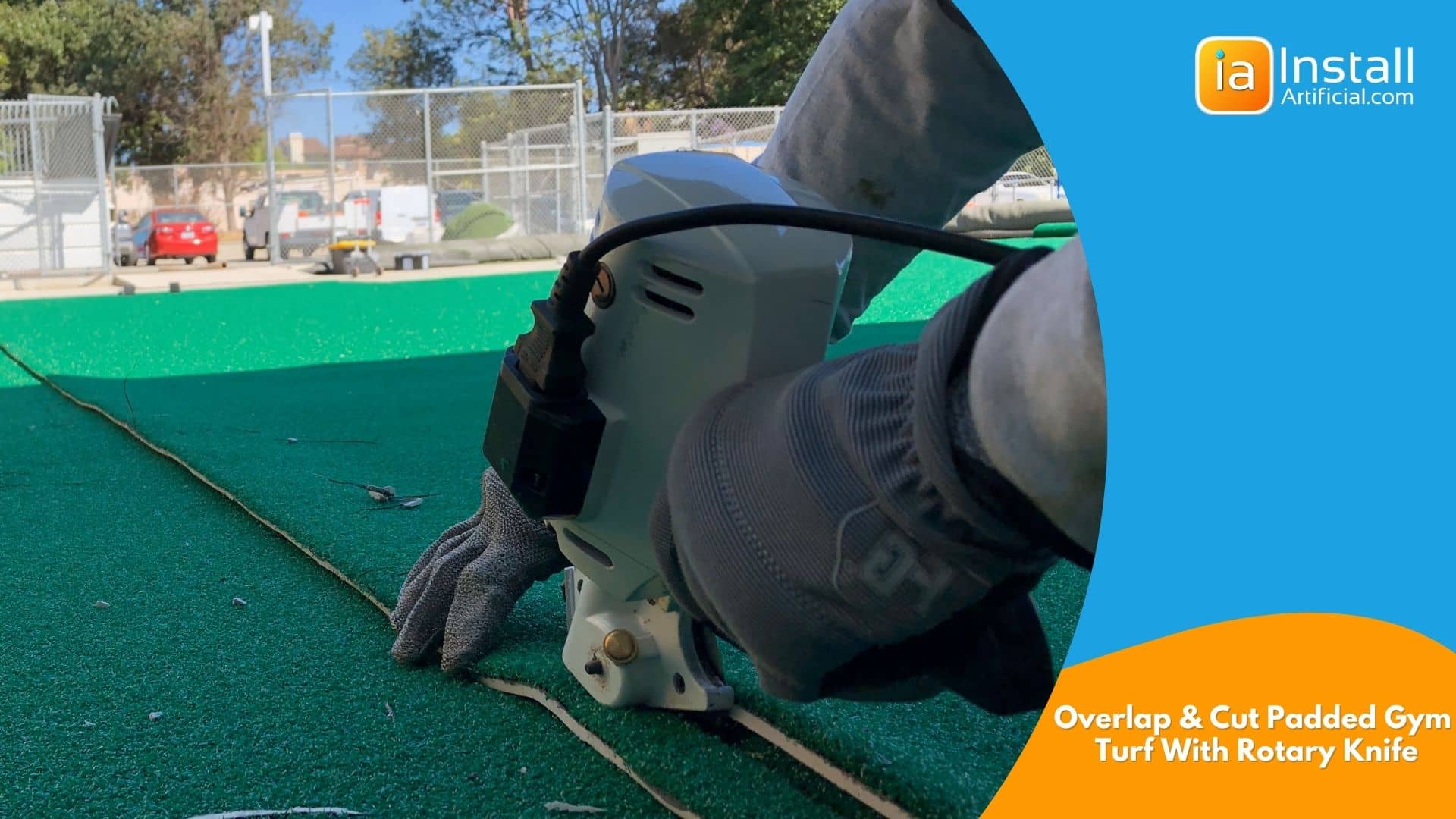
If you've installed a layer of gym turf padding or rubber tiles, you can use a power drill and screws to secure the turf down along the edges. For spaces with no padding layer, it's best to use an adhesive to ensure there's no turf movement over time.
Make sure the adhesive is stored in a temperature controlled space that's not too warm or too cold as this can compromise the integrity of the product. Pull back the artificial grass and begin spreading the adhesive along the surface. Use a trowel to spread the adhesive evenly. The adhesive should be applied 15-30 minutes before laying the carpet. For this reason, you may need to lay adhesive and gym turf in sections if you're in a large space that can't be effectively worked in that time.
To save money, you can choose to "spot glue" or apply adhesive to only the perimeter of the gym turf. This is typically enough to secure the installation without using as much glue.
If you have more than one piece of gym turf that you've seamed together, make sure you use a seal them by applying a 1/8th in. bead of seam sealer to the seam. This will help prevent tuft loss and raveling.
Roll a heavyweight roller across the surface to create secured bond. Ensure you cover the entire space and roll in each direction to assure the gym turf is properly adhered.
The installation must remain in a dry setting for at least 24 hours to allow the glue to fully bond. Don't rinse or clean the surface at this time.
In the event of any type of bubble or air pocket, do not try to cut or slit it open. These bubbles are typically caused by a solvent left in the adhesive and trapped beneath the carpet. An easy way to remove these bubbles is to just puncture them with an ice pick or hypodermic syringe and let the gas vapors escape. Afterward, just press and massage the area with both hands and let the carpet lay flat against the adhesive. Lay a weight on this area to recreate the seal bond.
If the area where the air bubble was doesn't seal, you can use a hypodermic needle to squeeze a bit of seam sealer into the air pocket. Allow this adhesive to dry for 5-10 minutes before rolling over the gym turf with a weighted roller. To learn more about sport and gym turf maintenance, check out our other publication here!
Reference this gym turf DIY guide when purchasing the right turf for your gym, and when laying and securing the installation. Unsure which artificial grass will be best for your intended use? Need assistance with gym turf installation nearby? Speak with an installer below to get started!
It is not a requirement to glue down gym turf, but it is always recommended for added safety. A gym turf roll is heavy and can be weighed down by gym equipment. However, it is best to at least spot glue down throughout the surface or at transitions to prevent movement or wrinkles.
Recreational infilled turf of slit padded turf works great for heavy foot traffic that requires good grip. A nylon thin turf or nylon padded turf is great for heavy traffic with easy cleaning.
For best results, cut padded gym turf with a rotary or utility knife. Make sure to allow yourself some overlap with cutting to ensure there are no gaps!
Absolutely! Sports turf for gyms can be glued to any subsurface, and rubber tiles will provide additional shock absorption for high impact workouts.
Yes! Double-sided seam tape is often used to secure gym turf to subsurfaces. However, seam tape is not as secure as adhesive or glue and may come up over time. Roll a heavy-weighted roller along the surface after installation for the best results.
The best type of seam tape for installing gym turf indoors is a heavy-duty and double-sided seam tape.
Yes, you can lay artificial turf over the carpet if you can secure the sides properly. Best if you purchase padded turf. It is heavy enough to push down even the fluffy carpet. Think about door transitions in advance. Make sure your door has a gap wide enough to open after installation
When working with gym turf with a higher pile or that has a layer of padding, it's best to install transitions that meet the height of the flooring below to prevent any falls or injuries. Gym Turf transitions are often made of rubber or aluminum.
Installing transition strips will help gym turf stay down and prevent lifting or rising in areas where the turf meets other flooring surfaces.
We recommend Mapei glues for seaming turf. Other indoor and outdoor carpet glues could work just fine. Try to use the glue on something else, so you could see how the glue behaves. Apply the glue with caution. Follow manufacturer recommendations. Apply weights for the best performance.
Applying adhesive to the floor can cause stains upon removal. If you're concerned about staining the floor underneath, secure your gym turf with double-sided seam tape and transition strips.

Tired of patchy, high-maintenance gym floors that drain your wallet and your patience? Imagine a training surface that's as tough as your workouts and as green as...
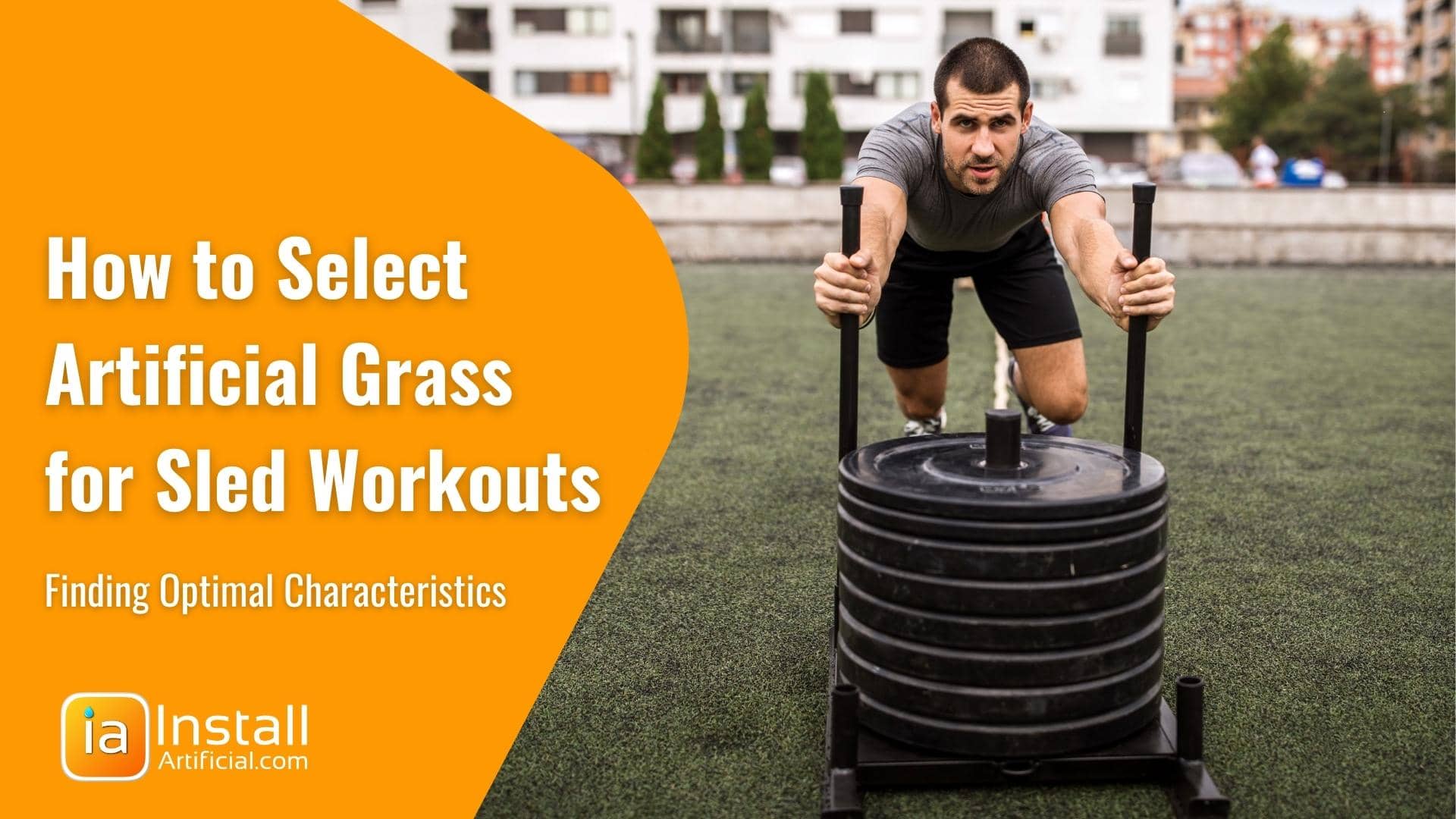
Artificial sports turf is perfect for high-impact workouts. However, not all sports turf will work for every activity. When shopping for artificial grass for sled...